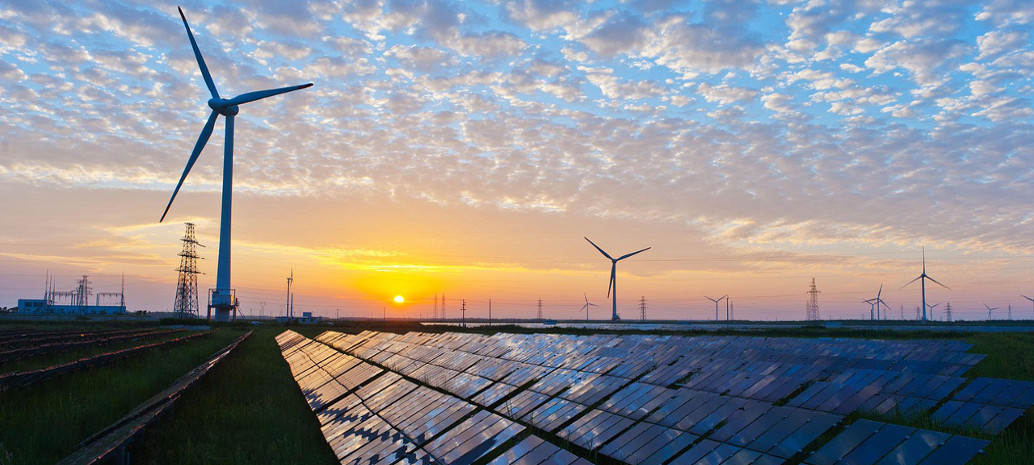Offshore wind is now cheaper than nuclear and gas in the U.K. following the second Contracts for Difference (CfD) subsidy auction that saw two developers win the rights to build offshore wind farms for just £57.50/MWh ($75.83/MWh).
This strike price – achieved by Denmark’s Dong Energy and Spain’s EDP – is 50% below the guaranteed development price for offshore wind set just two years ago, and is far cheaper than the £92.50/MWh agreed between the government and EDF for the nuclear power station at Hinkley Point.
The stunning performance of offshore wind and Advanced Conversion Technologies (ACT) in the auction prompted a flurry of calls from prominent voices for Hinkley Point C to be finally scrapped. The Green Party’s co-leader Caroline Lucas remarked that these record low prices for wind power should be a nail in the coffin for new nuclear.
“While clean, green wind power has the potential to seriously cut people’s bills – the government’s undying commitment to new nuclear risks locking us into sky high prices for years to come,” Lucas said.
The Renewable Energy Association’s head of policy and external affairs, James Court, added: “These results show that renewables are now the most cost-effective form of any energy generation, which can future-proof both the U.K. grid and provide sustainable new jobs in the U.K.”
Despite solar power being ‘blocked’ from competing in the auction after the government controversially labelled it a mature technology – much like onshore wind – the result should nevertheless compel ministers to commit to a low carbon industrial strategy, Court argued.
“Offshore wind's success shows what can happen with government support, and consider that this auction was for so called ‘less established' technologies.”
Leonie Greene, head of external affairs at the Solar Trade Association (STA), told pv magazine that the results demonstrate that offshore wind is now a mature technology and demonstrates the cost reductions the renewable sector can deliver when given stable, long-term policy framework and clear political commitment.
However, Greene lamented uneven playing field that remains stacked against solar. “It has been 2.5 years since solar was able to compete for a CfD contract, in which it secured the lowest price, which puts our industry at a competitive disadvantage,” she said.
“Having protected some technologies from competition with solar, it is clear government should now provide a level playing field and allow all clean technologies to compete. We are looking at pretty much a subsidy-free outcome for consumers at these sorts of prices. Government also needs to move faster to unlock barriers to storage and other forms of flexibility.”
The Department of Business, Energy, and Industrial Strategy (BEIS) confirmed that the total capacity awarded across three offshore wind projects was 3.2 GW, comprising the 1.4 GW Hornsea Project Two (Dong Energy), the 950 MW Moray Offshore project (EDP) and the 860 MW Triton Knoll farm (won by Germany’s Innogy for the slightly higher strike price of £74.75/MWh.
In total, the CfD auction saw 11 new energy projects awarded contracts, for a cumulative amount of subsidy of £176 million per year, taken from consumers’ electricity bills. “The offshore wind sector alone will invest £17.5bn in the U.K. up to 2021 and thousands of new jobs in British businesses will be created by the projects announced today,” said Richard Harrington, the minister for energy and industry at BEIS. “This government will continue to seize these opportunities as the world moves towards a low carbon future, and will set out ambitious proposals in the upcoming Clean Growth Plan.”
This content is protected by copyright and may not be reused. If you want to cooperate with us and would like to reuse some of our content, please contact: editors@pv-magazine.com.



Nevertheless, if one employs a couple of easy principles, their amount of perform can boost enormously.